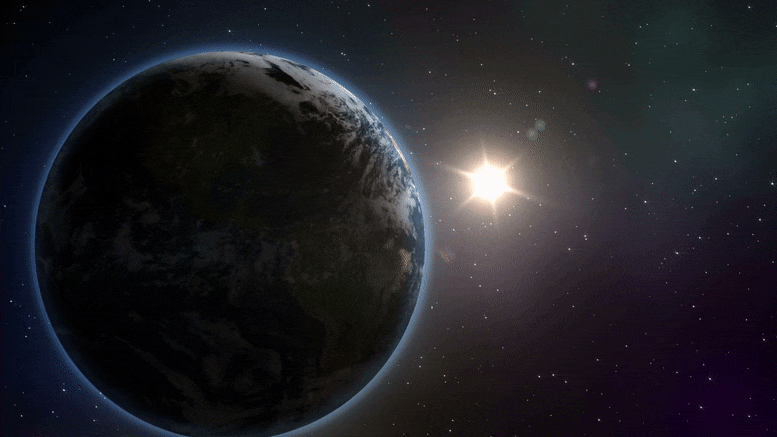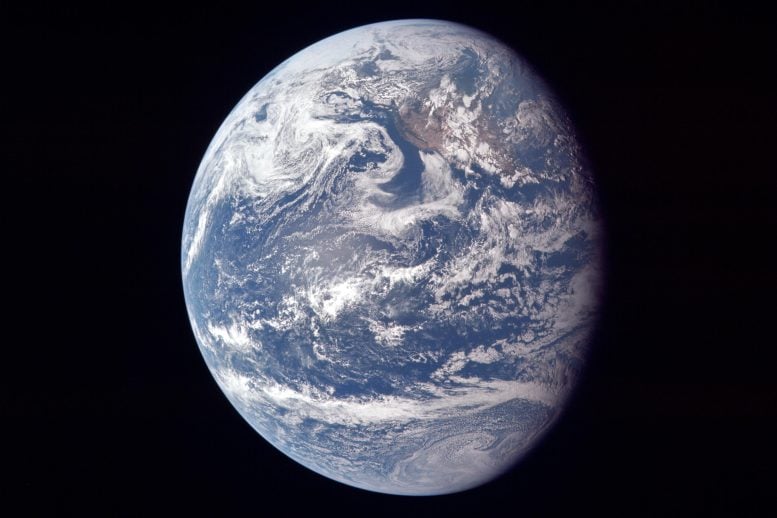Civilization in 2021
� Our Phones - Wireless
� Cooking - Fireless
� Cars - Keyless
� Food - Fatless
� Tires -Tubeless
� Dress - Sleeveless
� Youth - Jobless
� Leaders - Shameless
� Relationships - Meaningless
� Attitudes - Careless
� Babies - Fatherless
� Feelings - Heartless
� Education - Valueless
� Children – Mannerless
We are-SPEECHLESS,
Government-is CLUELESS,
And our Politicians-are WORTHLESS!
I'm scared - Shitless!
Only in This Stupid World ......do we leave cars worth thousands of dollars in the driveway and put our useless junk in the garage.

 ️
️Only in This Stupid World ......do drugstores make the sick walk all the way to the back of the Store to get their prescriptions while healthy people can buy cigarettes at the front.

 ️
️Only in This Stupid World.....do people order double cheeseburgers, large fries, and a diet Coke..

 ️
️Only in This Stupid World.....do banks leave vault doors open and then chain the pens to the counters..

 ️
️Only in This Stupid World ...........do we buy hot dogs in packages of ten and buns in Packages of eight..

 ️
️Only in This Stupid World .....do they have drive-up ATM machines with Braille lettering.

 ️
️EVER WONDER ...
Why the sun lightens our hair, but darkens our skin



 ️
️Why don't you ever see the Headline 'Psychic Wins Lottery'



 ️
️Why is 'abbreviated' such a long word



 ️
️Why is it that Doctors call what they do 'practice'



 ️
️Why is lemon juice made with artificial flavor, and dishwashing liquid made with real lemons



 ️
️Why is the man who invests all your money called a broker



 ️
️Why is the time of day with the slowest traffic called rush hour



 ️
️Why isn't there mouse-flavored cat food



 ️
️Why didn't Noah swat those two mosquitoes



 ️
️Why do they sterilize the needle for lethal injections



 ️
️You know that Indestructible black box that is used on airplanes? Why don't they make the whole plane out of that stuff

 !!
!! 
 ️
️Why don't sheep shrink when it rains



 ️
️Why are they called apartments when they are all stuck together?


 ️
️If con is the opposite of Pro, is Congress the opposite of progress



 ️
️If flying is so Safe, why do they call the airport the terminal



 ️
️ 




